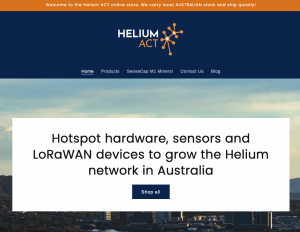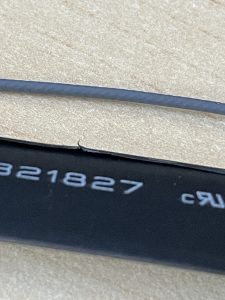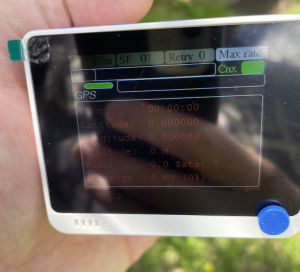Here’s an attempt to answer some of the most frequently asked questions I’ve observed on the various forums.
Roughly 250Gb. The equivalent of watching a movie or two on Netflix per day. About 5-20Kbps constant.
They are all much of a muchness since they are largely based on the same hardware. How quickly you can get one might be more critical in your decision making, since they can be hard to get a hold of as of Sept 2021. Some report that the user interface on the Linxdot is the best. Most of the hotspots come with a standard indoor antenna with a rated 2-3 dBi gain so there’s not much difference there either.
Most people mean increasing range when they talk about increasing or optimising performance. The simple answer here is get the antenna as high as you possibly can, and buy an outdoor-rated antenna. If you are looking to connect with hotspots great distances away, you can consider buying an antenna with greater gain.
IOT Store/IQFLow for SenseCap miners (in Perth, WA), Heltec (China), Linxdot (UK), Bobcat (US) and RAK/MNTD are all common suppliers for Helium miners with Australian certification for the AU915. Nebra also make AU915 compatible hotspots, but people have been waiting 6 months or more for them. The fastest to ship are currently IOT Store or Heltec direct.
This depends on your goals. Setups can range anywhere from 1) a an indoor hotspot with the stock antenna, to 2) an indoor hotspot with a roof-mounted external antenna (most common and often most effective), to a solar powered, full off-grid system running over 4G. Your hardware needs will vary based on your location, elevation and coverage goals.
This depends on your goals. Setups can range anywhere from 1) a an indoor hotspot with the stock antenna, to 2) an indoor hotspot with a roof-mounted external antenna (most common and often most effective), to a solar powered, full off-grid system running over 4G. Your hardware needs will vary based on your location, elevation and coverage goals.
All hotspots/miners come with a stock indoor antenna. An external roof mounted antenna will provide improved coverage and range, and therefore enable the miner to earn greater rewards.
Technically, yes. But there are some networking challenges you have to overcome to get the hotspot to work in an optimal way (ie. not relayed). Solutions such as opting out of CG-NAT, gaining a static public IP, or a VPN can sometimes help. You will also need to be able to set up some routing functions, so your 4G SIM card will need to be installed in a 4G-enabled router.
As with most crypto mining opportunities, taxes are payable in Australia. You will likely incur income tax on mining rewards and capital gains tax when you sell your HNT. Speak to an accounting professional and do your own research to understand your tax obligation. You will need to keep good records of your mining activities and earnings. Consider one of the online services to help with this. Be sure to account for taxes when considering whether Helium mining is right for your situation. Check out the TaxTok discord server for discussion on taxes and mining. Do the right thing.
A Helium miner (or hotspot) is a small router-like device that provides a gateway between the LoRaWAN network and the Internet and provides wireless coverage to Helium/LoRaWAN enabled IoTdevices. As a reward for the wireless coverage your miner provides, you get paid in Helium token (HNT).







